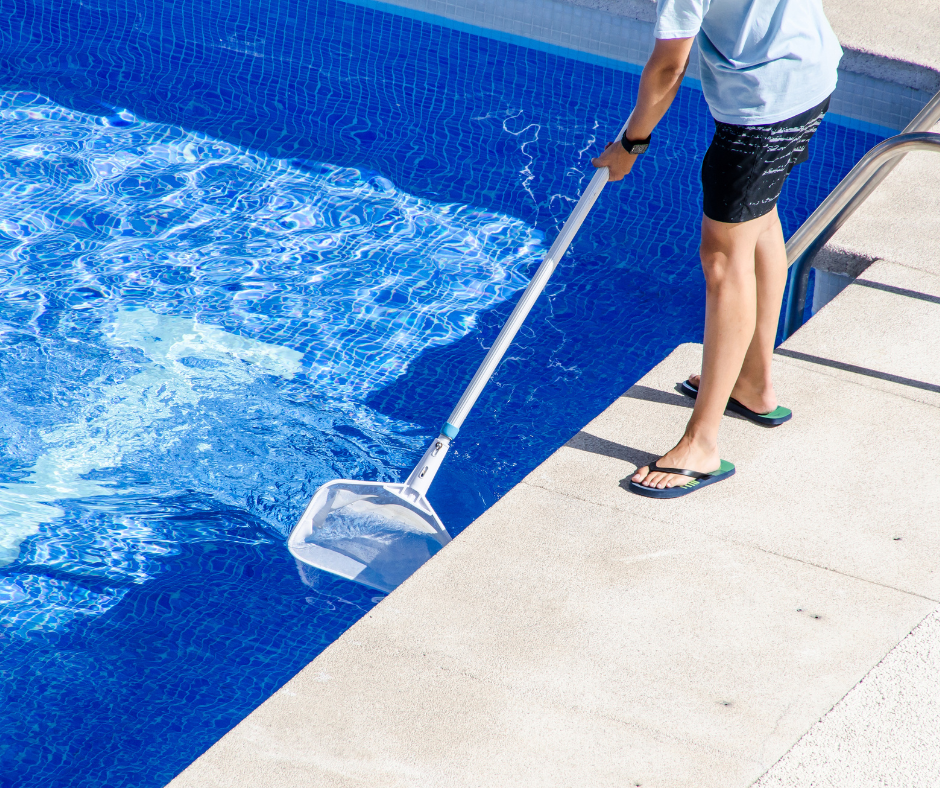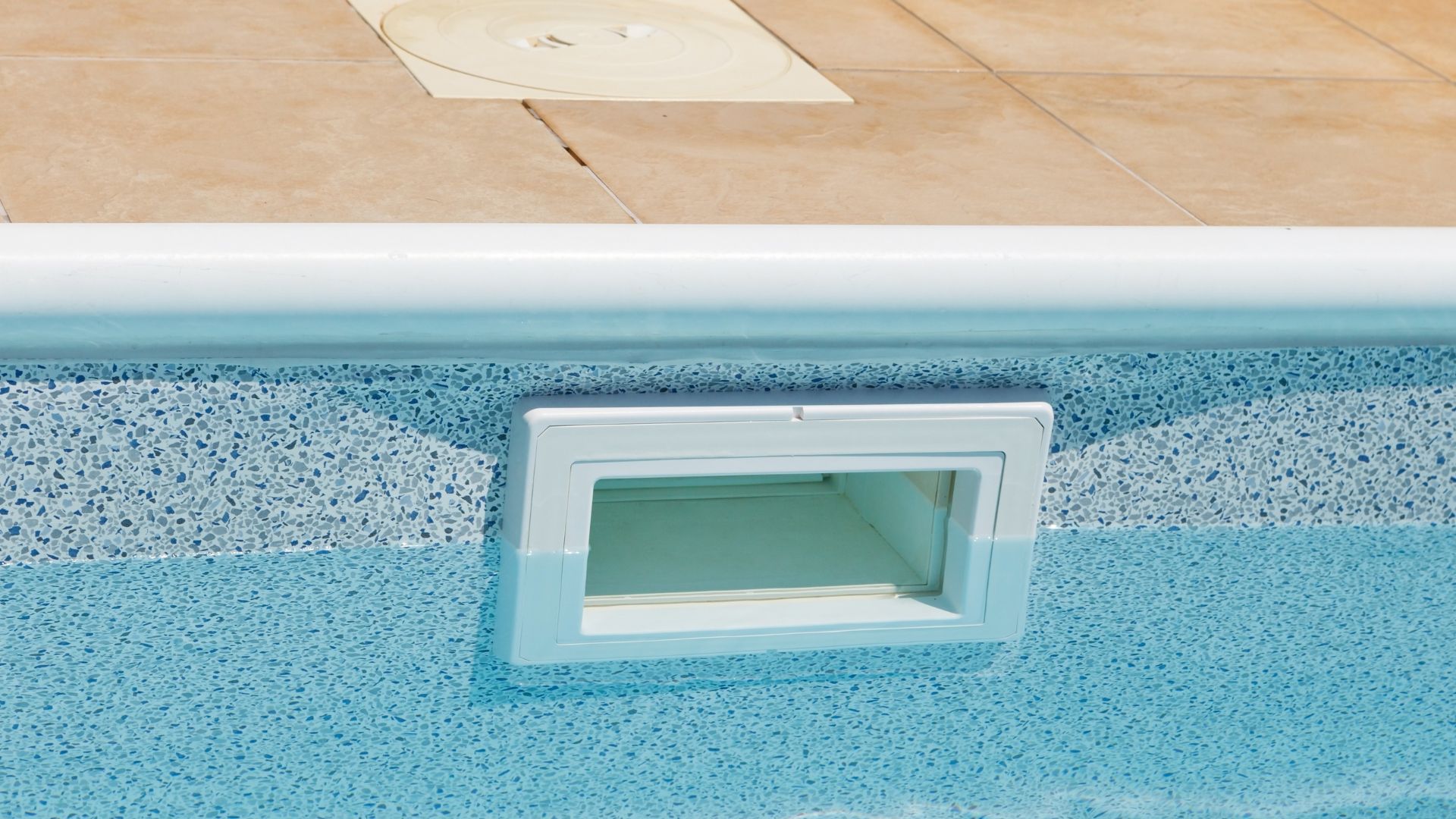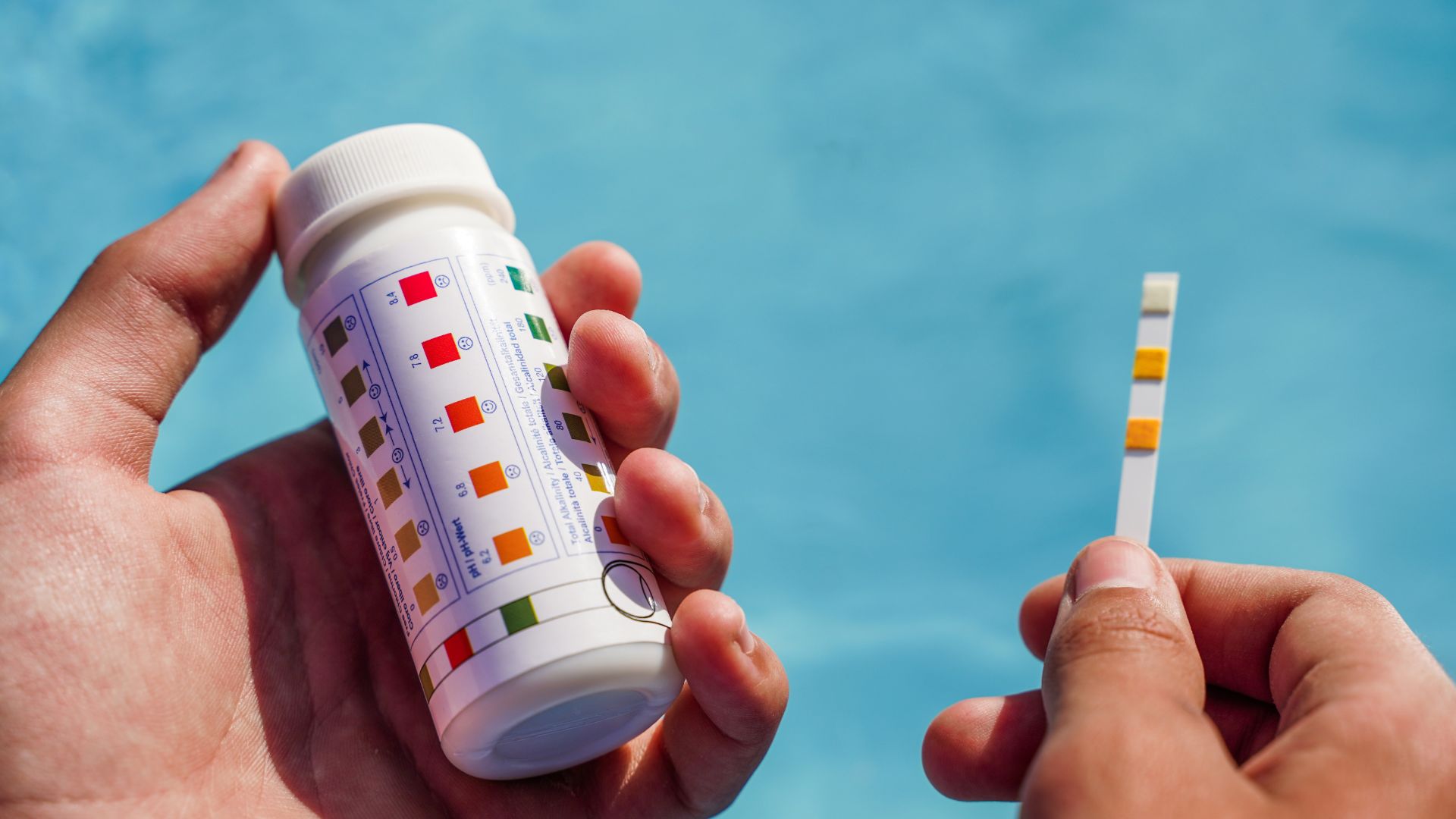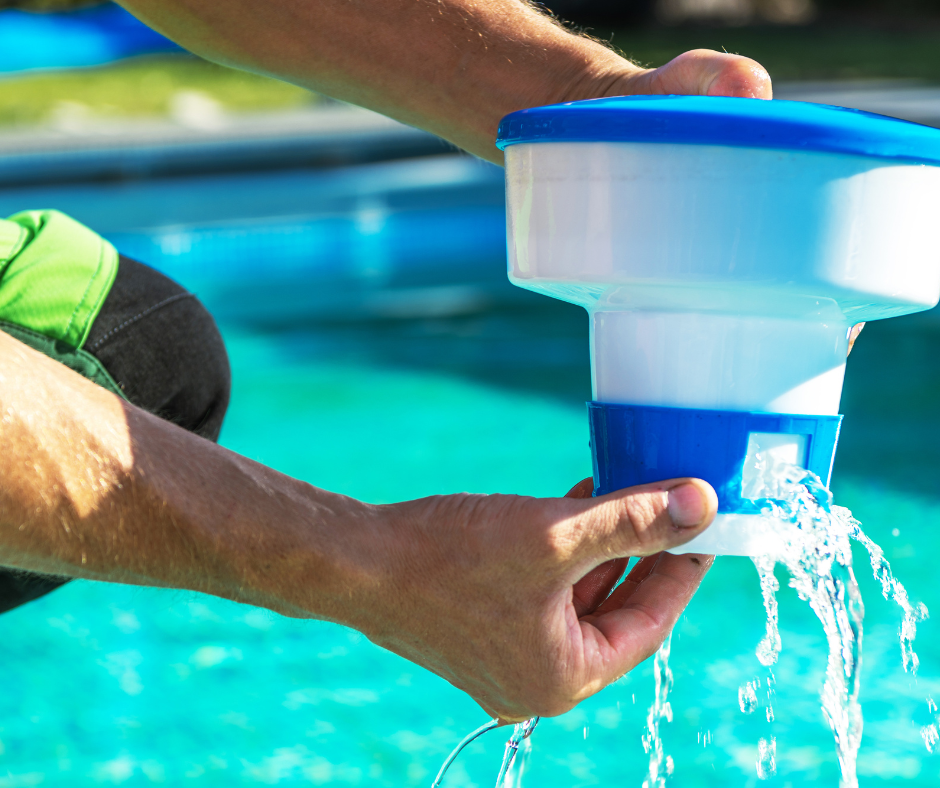Ten Essential Checklists for Daily Pool Maintenance
Posted by Michael Hervas on May 05, 2024
A swimming pool can give people a special place to relax, have fun, or exercise. However, this place also requires a little effort to keep it clean and safe for pool users. Daily pool maintenance is necessary for all types of pools, whether they are backyard, community, or public swimming pools. It helps keep the water clean and ensures all the pool equipment works well. While it might seem daunting to do daily, a simple checklist can turn things around.
In this guide, we will offer a comprehensive checklist for pool maintenance to help you cover all the essential tasks and avoid overlooking anything. But before we proceed to that checklist, let us first prepare the following equipment:
- Leaf Rake - A swimming pool surrounded by plants or trees will likely accumulate leaves in the water. It does not only become an eyesore but can also cause clogging of the pool pump and filtration system. Use it to remove insects and other debris from the water surface.
- Pool Brush - Regular brushing can prevent the build-up of nasty spores, bacteria, and algae in the wall and bottom of your swimming pool.
- Test Strips - Use these to measure the chlorine and pH levels in your swimming pool water.
- Chemicals - Prepare your chlorine, shocking agent (as
needed), and pH adjuster.

Now that you have all your equipment, let us proceed to your daily pool maintenance checklist:
Skimming the Pool Surface
Skimming the swimming pool surface should be on top of your checklist. Here is where your leaf rake will come in handy for removing any floating particles that might have accumulated overnight. Doing this daily will stop these tiny pieces from sinking to the pool bottom. When they sink, it is harder to clean them up, and it messes up the water balance. Following a pattern when skimming can also ensure the entire pool surface is covered.

Brushing the Swimming Pool Wall and Floor
The type of pool brush that you will use will depend on the surface material of your pool wall and floor:
- Concrete Pools - brush with stiff bristles
- Vinyl Pools - brush with soft bristles
- Fiberglass Pools - brush with soft or medium bristles
- Tile Pools - brush made for tiles
Regular brushing will remove residue, dirt, algae, and calcium deposits from the surface. Keep an eye on hard-to-reach areas and corners.
Empty the Pool Skimmer Basket and Pump Strainer Daily
The skimmer basket and pump strainer are essential for maintaining proper circulation in the filtration system. As part of your daily pool care routine, remove any debris caught in the pool to prevent clogging in the filtration system, and rinse the skimmer basket with water to remove trapped dirt. Doing this will also extend the life of your equipment.
Check the Pool Water Level
Several factors can cause the water levels to drop, such as evaporation, backwashing, and splashing. Monitor water levels daily and correct them immediately when needed. Proper water levels are crucial for optimal skimmer and filtration system performance. Typically, it is halfway up the opening of the skimmer intake. Too much water will dilute the chemicals, and low levels will expose your pump and lead to overheating.

Monitor the Pool Water Chemistry
The water chemistry can affect the swimmers, equipment, and pool sanitation. Using your pool water test strips, test the water daily for pH, chlorine, alkalinity, and calcium hardness levels.

Make sure these results are logged daily for easy tracking and adjustments. Incorrect water chemistry can contribute to algae formation, corrosion, and scale formation. Here is a quick guide to the ideal levels so you can add it to your swimming pool maintenance checklist:
- Chlorine - 1 to 3 ppm (parts per million)
- pH - 7.2 to 7.8
- Alkalinity - 80 to 120 ppm (parts per million)
- Calcium hardness level - 200 to 400 ppm (parts per million)
Chemical Balancing
Depending on your water chemistry results, adjust the chemicals accordingly. Follow this guideline below:
- Low Chlorine - Add chlorine tablets or granules until you reach the desired range
- High Chlorine - Allow your pool water to circulate for 24 hours and then retest it. If the chlorine level remains high, consult a pool professional because it might require a shock treatment.
- Low pH - Add pH Up gradually to increase pH.
- High pH - Add pH Down gradually to decrease pH.
To prevent overcorrection, always remember to add the chemicals slowly and retest within 2 to 4 hours. Chlorine tablet dispensers helps maintains consistent chlorine levels in your pool.

Inspect Swimming Pool Equipment
A daily inspection helps identify potential issues before they escalate and lead to costly repairs. Check for leaks or unusual noise and performance issues. Inspect the pump, filter, heater, and all other components daily. Promptly address any issue to ensure continuous operation and efficiency of your swimming pool system.
Clean The Pool Filters
For effective pool water filtration and circulation, it is essential to have clean pool filters. Always follow the manufacturer's recommendations for cleaning and maintenance. These filters can trap dirt and debris and may require backwashing every 1-2 days during heavy swimming pool use. A backwash will flush out the trapped contaminants. A well-maintained swimming pool filter ensures optimal water clarity and prevents strain on the pump and other pool equipment.
Shock The Pool Weekly
In addition to your daily swimming pool maintenance checklist , a weekly shock is essential to eliminate contaminants, algae, and chloramines. This treatment involves adding a concentrated dose of either chlorine or non-chlorine shock to the pool water. Always follow the manufacturer's instructions and recommendations based on the swimming pool size and condition.
Run the Pool Pump
Swimming pool filters may require a specific daily runtime for efficient water circulation and chemical distribution. The pool equipment manual should provide the recommended pump operation hours. But in case you lost the manual, which I reckon, you can follow some of our recommended settings from our other article: “ Optimize Your Swimming Pool with Variable Speed Pool Pump Recommended Settings ”

Follow the ten essential checklists described above for your daily pool maintenance routine. Keep in mind that consistency is the key. It just takes a few minutes each day to perform these tasks, and it is necessary to maintain the quality of your pool water. It keeps the pool clean and safe for all swimmers to enjoy without any worries about health or safety concerns. Start doing these tasks today and reap the rewards of having reduced maintenance needs, extended equipment lifespan, and peace of mind.
Side Notes:
- Do you need to replace your old and worn-out pump? We have variable speed pool pumps available.
- Are there already holes and damages on your skimmer baskets?You may find a replacement for it here.
- Need to test your pool water? Get your test strips from our online store today.
- Are you a pool owner newbie and need more knowledge on some pool terms? Read our previous article on “ Swimming Pool Terminologies, Abbreviations and Definitions ”
